A team led by Robert Keil and Tommaso Faleo from the Department of Experimental Physics has investigated the relationship between entanglement and interference in quantum systems of more than two particles in the laboratory.


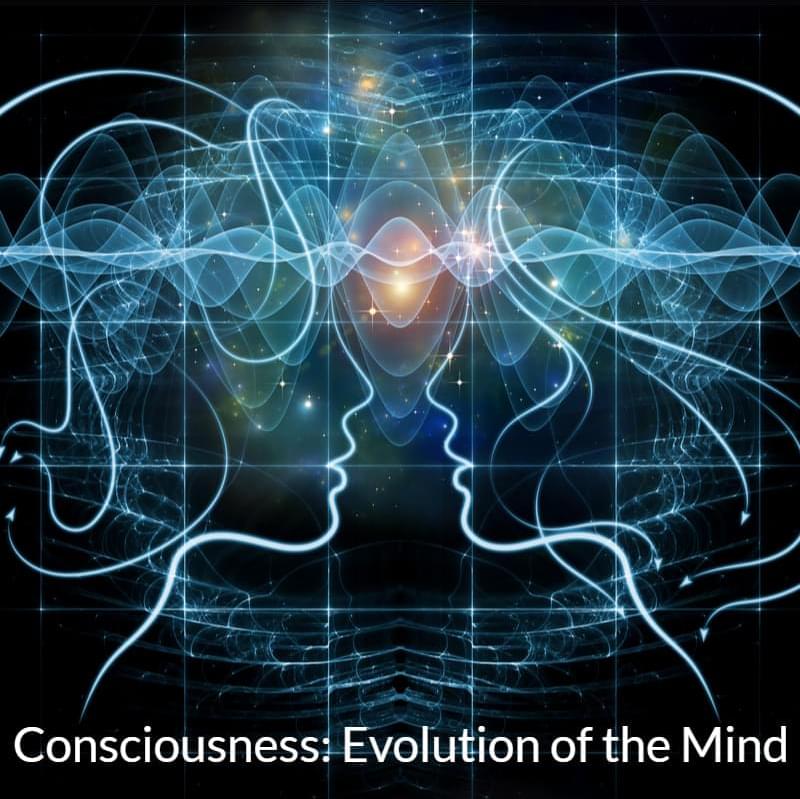
Unlike a single atom or molecule, an individual lifeform—while part of a species—exists as a distinct “digital” entity. where entangled micro-states are measured at the atomic and molecular levels. Throughout its lifespan, it operates within its own dimensional framework, unfolding dynamic patterns guided by choice and directed toward its ongoing self-preservation. This unique capacity for self-direction and decision-making sets living beings apart from inanimate matter.
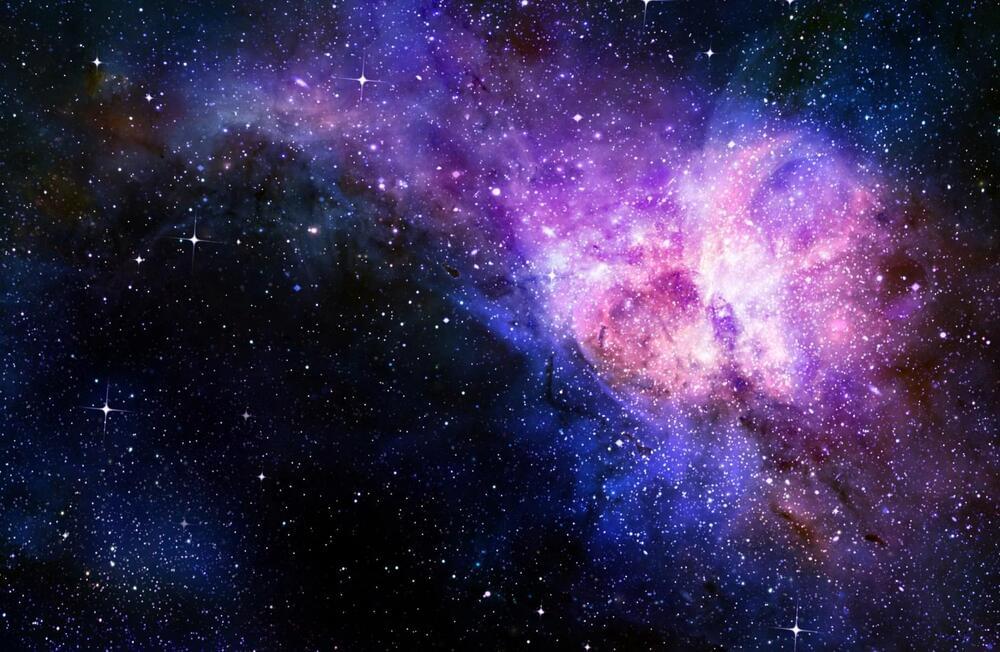
The Standard Model of particle physics is currently our best understanding of how the universe works – but it only describes about five percent of everything in it. The rest is made up of what we call dark matter and dark energy, which are so far only known through their gravitational interactions with regular matter. Now, an astrophysicist from Oxford has put forward a new theory that suggests that dark matter and dark energy are actually part of the same phenomenon: a “dark fluid” with negative mass that fills the universe.
In a way, dark matter and dark energy are both placeholder concepts, plugging holes between the Standard Model and what we actually observe. For instance, the observed movement and distribution of galaxies doesn’t make sense if their mass is limited to the stuff we can see. Since the 1930s, this hidden extra mass has been dubbed dark matter.
Dark energy is a more recent concept. The observation that the expansion of the universe seems to be accelerating was only made in 1998, when it was discovered that more distant objects are moving away from us faster than those closer by. The mysterious force that drives this, which we still know very little about, is now referred to as dark energy.
Topological quantum magnets are advanced materials that exhibit quantum behavior. Additionally, the magnetic spins of their particles are arranged in a way that creates stable and robust topological states.
These topological states are resistant to any external disturbances. Additionally, the spins in these materials can be entangled. This means they are deeply connected on a quantum level, and therefore don’t easily lose their quantum properties.
However, “So far, experiments have mostly explored non-interacting topological states, and the realization of many-body topological phases in solid-state platforms with atomic resolution has remained challenging,” the study authors note.
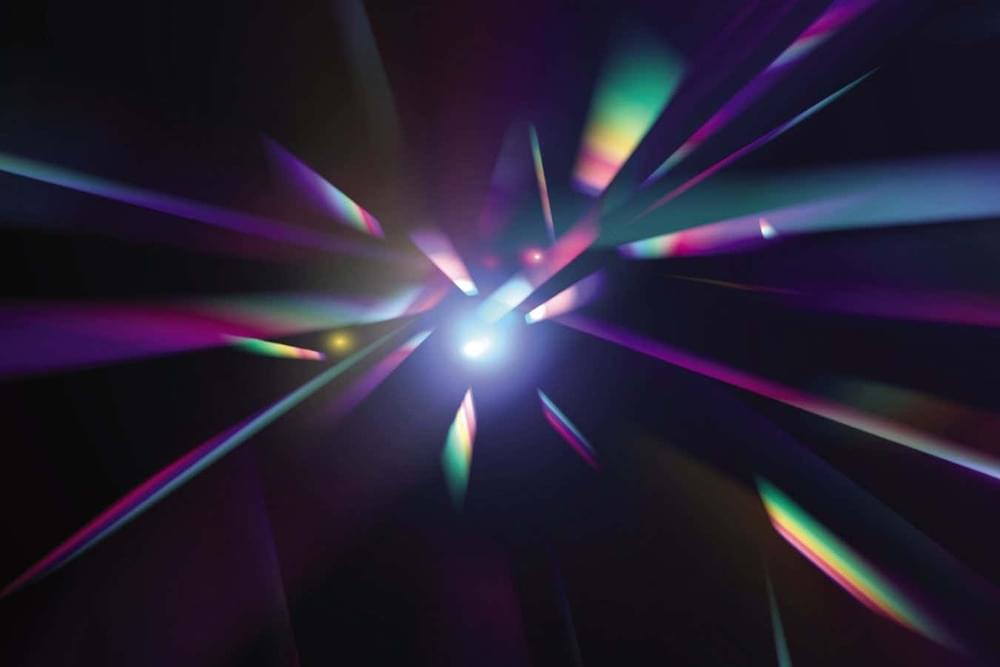
Entangled particles of light can transmit holographic images that can be selectively erased, allowing for secure communications that can also be deleted.
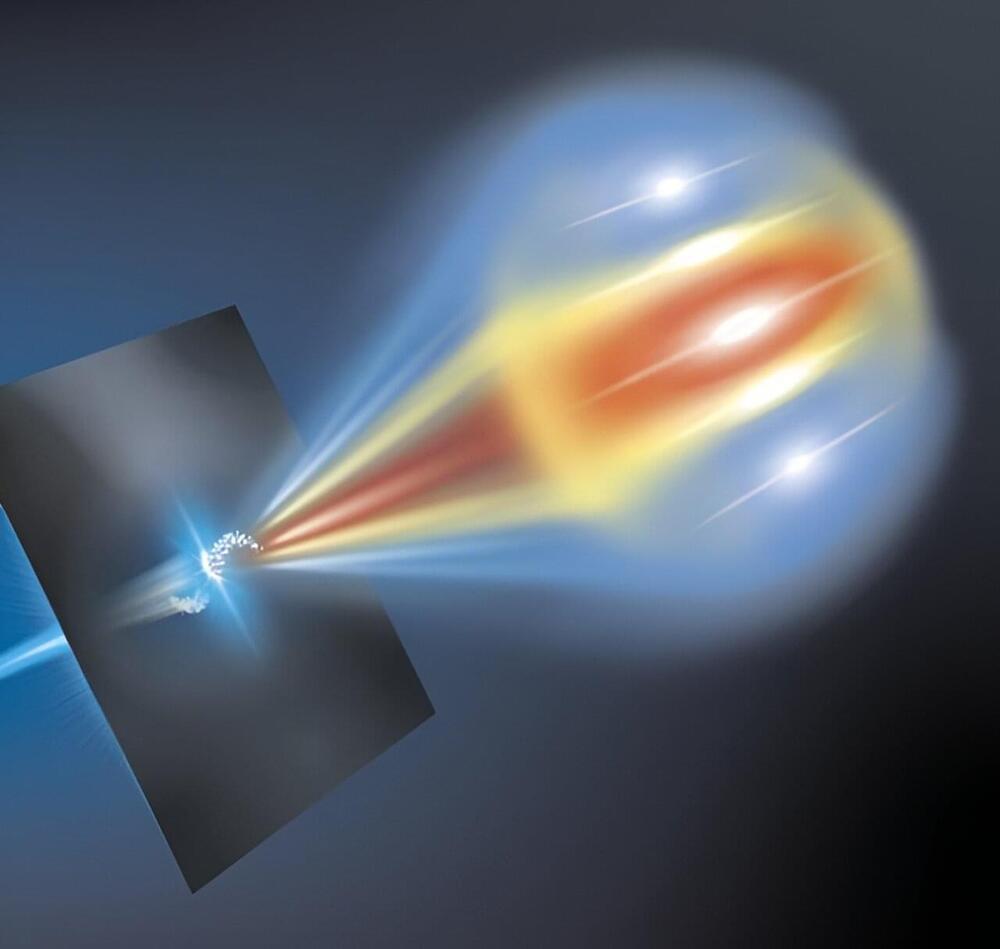
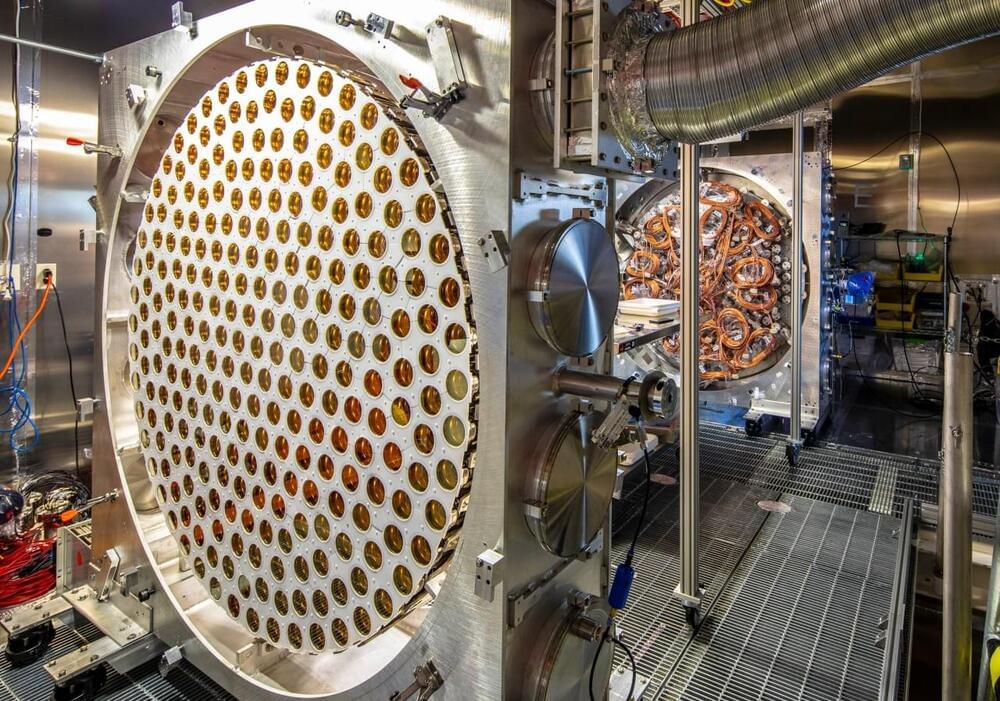
AUSTIN (KXAN) — The most sensitive dark matter detector in the world is showing results in the hunt for the hypothetical particle. The results: they can’t find it.
“If you think of the search for dark matter like searching for buried treasure,” said Scott Kravitz, an associate professor in the physics department at the University of Texas, “we’ve basically dug part of the way down to where it might be, it could still be deeper below what we’ve searched so far.”
Kravitz is part of the LEX-ZEPLIN project, a Department of Energy hunt for dark matter in a cavern in South Dakota.
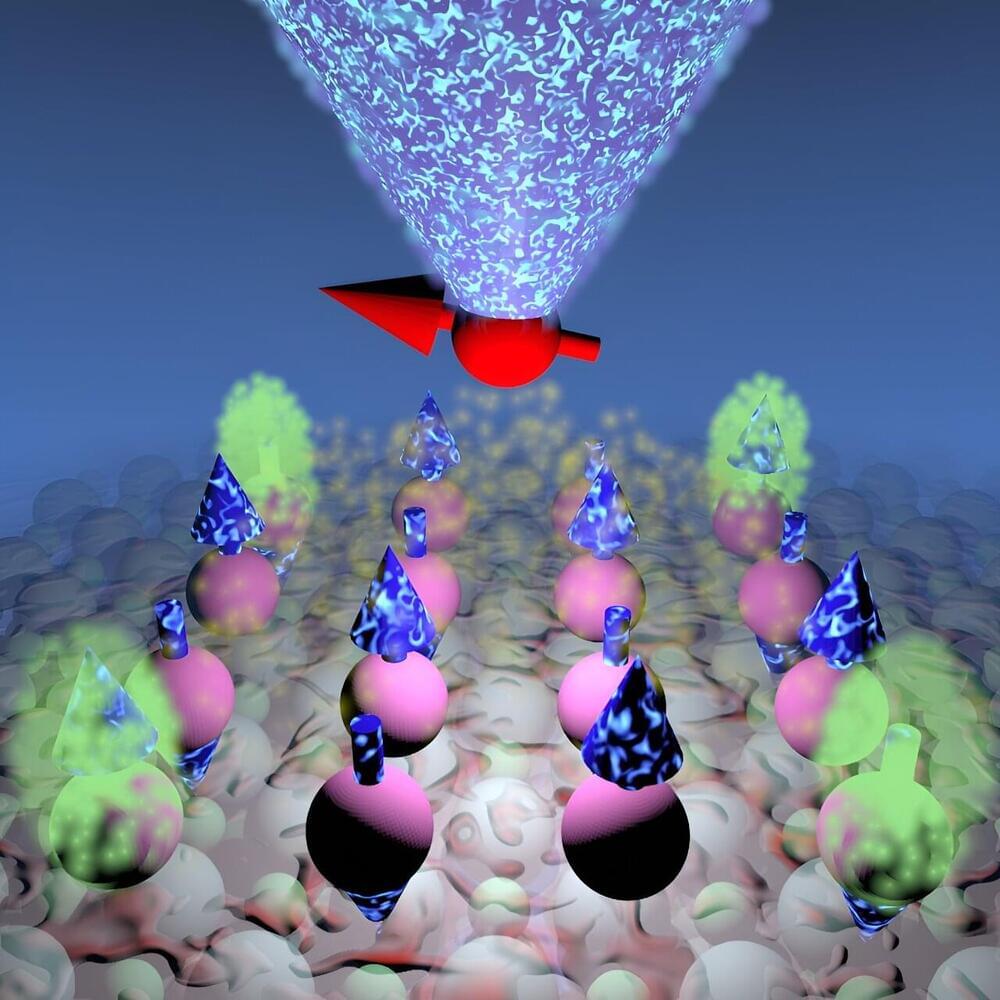
Quantum magnets are materials that realize a quantum superposition of magnetic states, bringing quantum phenomena from the microscopic to the macroscopic scale. These materials feature exotic quantum excitations–including fractional excitations where electrons behave as if they were split into many parts–that do not exist anywhere outside of this material.
To manipulate how the atoms behaved inside the quantum material the researchers had assembled, they poked each individual atom with a tiny needle. This technique allows for the accurate probing of qubits at the atomic level. The needle, in reality an atomically sharp metal tip, served to excite the atoms’ local magnetic moment, which resulted in topological excitations with enhanced coherence.
“Topological quantum excitations, such as those realized in the topological quantum magnet we now built, can feature substantial protection against decoherence. Ultimately, the protection offered by these exotic excitations can help us overcome some of the most pressing challenges of currently available qubits,” Lado says.

How would atoms behave near a supermassive object? We know how atoms behave in extremely weak gravity like that at the Earth’s surface: They can be excited from a lower energy level to a higher one when an electron absorbs a photon or a nucleus absorbs a gamma ray, and so on. But what if the atom is in a strong gravitational field such as one near a supermassive, rotating black hole or rotating neutron star?